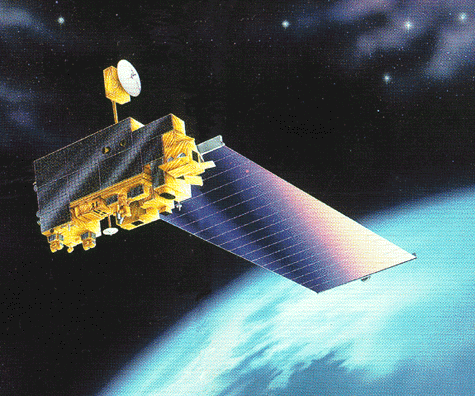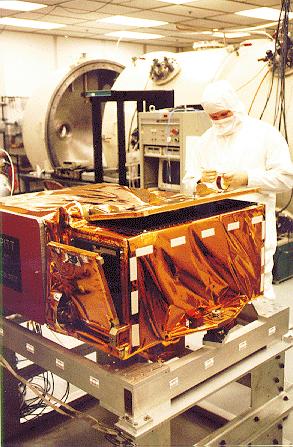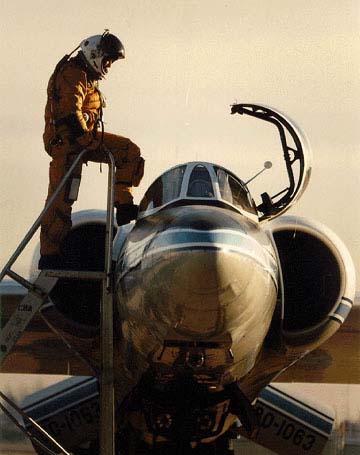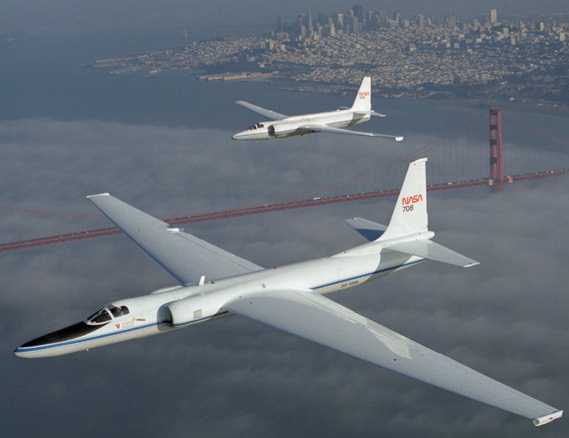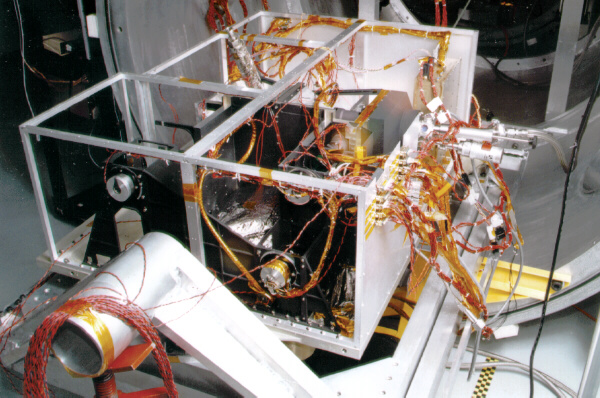
I am a Ph.D student under the supervision of Prof. J. R. Drummond. I am involved in the MOPITT project, a satellite instrument designed to measure the concentrations of methane and carbon monoxide in the troposphere.
The MOPITT Project
The primary objective of the MOPITT project is to enhance our knowledge of the lower atmosphere and particularly how it interacts with the surface/ocean/biomass system. MOPITT is scheduled for launch in 1999 on the EOS-AM1 platform and will measure:
- the vertical profile of tropospheric CO with a spatial resolution of ~22km
- total tropospheric column levels of methane with a spatial resolution of ~22km
"The fate of carbon monoxide, remotely detected from space, in conjunction with a few other critical meteorological and chemical parameters, is crucial to our understanding of the chemical reaction sequences that occur in the entire troposphere and govern most of the biological trace gases." (Earth Observation System, 1987).
Methane, on the other hand, is a greenhouse gas, like water vapour and carbon dioxide. MOPITT will lead to better quantitative measurements of its sources and sinks, perhaps revealing whether the increase in methane concentrations (1% per year) is an anthropogenic effect or not.
If you want know more about MOPITT and how its works, go to the
MOPITT
home-page. I have also made public a 35 page
outline of the photochemistry
of carbon monoxide and methane explaining why it is important to
monitor these gases on a global scale.
Part of the validation program of MOPITT is to fly an airborne version of the instrument named MOPITT-A to peform comparative measurements as well as independant localised studies of CO and methane (see the MOPITT-A website).
MOPITT-A is essentially the same instrument as the space instrument except it has 4 channels instead of 8. It will measure:
- the total tropospheric column of methane
- the total tropospheric column of CO
- upper tropopsheric levels of CO
- lower tropospheric levels of CO
In order to match the measurement geometry of the space instrument, MOPITT-A
needs to be flown at very high altitudes, way above the tropopause. The aircraft
chosen for the job is the
ER-2,
operated by NASA from the US Airforce base in Dryden, California. The ER-2
is the just a U2 spy plane painted in white and flies at 20 km in altitude
(picture on you left).
Personal involvment
MASTERS
For my Masters I worked on Engineering Quality Model (EQM) of MOPITT (see pictures of the EQM) which was built in 1995 prior to the flight version of MOPITT. This was a useful step for the group towards making design and configuration choices for the full blown version of MOPITT-A.
In particular, I looked at a problem concerning the Length Modulated Radiometers (LMR's): the effect of a non-uniform radiation source on the measured signal. If you want more details, pick up my Masters thesis in pdf format (for members of the group only).
PHD
My PhD work is also related to the MOPITT-A program. When MOPITT is launched, MOPITT-A will make measurements coinciding with satellite overpass. This data will be used to validate the data taken from space. The aircraft instrument will also be used to perform independant studies on a more localised scale to help understand some the sources and sinks of CO and methane and refine retrieval algorithms.
The campaigns ahead are:
- Test Flights (Dryden California, Fall 1999)
- Biomass burning experiment (British Columbia/Alaska, Fall 1999)
- SAHARA 2000 (Southern Africa, Summer 2000)
These aircraft campaigns are a concerted effort between several instruments,
most of which have their space equivalent on the same space platform as MOPITT.
My focus is on biomass burning (extended forest/savanna fires). By combining
ground (there will be a number of other instruments during these campaigns),
space and aircraft measurements, there is great hope that new light be shed
on the production and transport of pollution in large biomass burning events
around the globe.
Last updated 2nd March 1999
